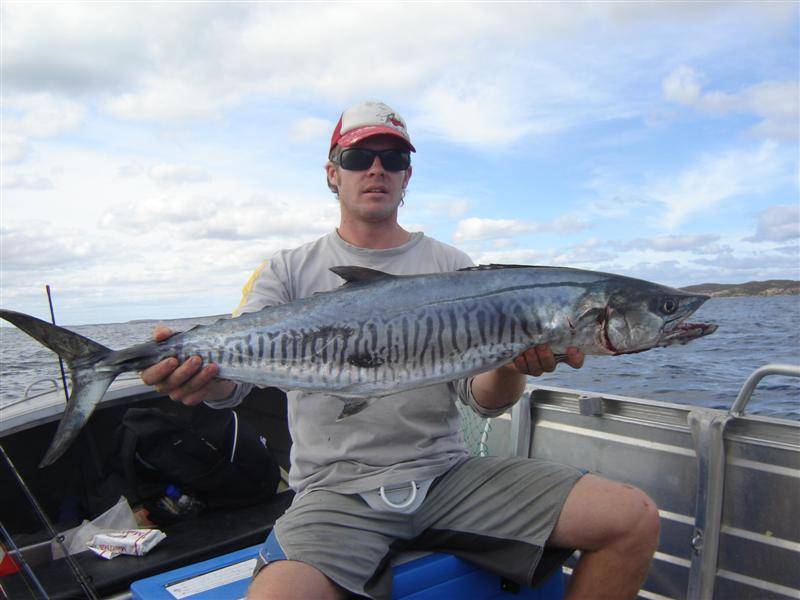Ciguatera - what is it
Ciguatera is pronounced see-gwuh-ter-uh. It sounds like a new Spanish beer or the Mexican pronunciation of 'cigarette' but it's actually what you get when you eat the flesh of certain fish containing a poison called ciguatoxin.
Ciguatoxin sits in the flesh of a fish and has no flavour, no smell and you can't see it but if you eat it you'll know about it because the symptoms of ciguatera are numerous and they hit you soon after eating contaminated flesh.
WHICH SPECIES?
You'll only find ciguatoxin in warm water species so the further south you live the less exposed you are, but if you live or holiday in the northern parts there are a few key species you should be aware of.
Opinions differ across Australia as to which species are the ones to look out for but there are several usual suspects that regularly get a mention: red bass, coral trout, mackerel, chinaman fish, moray eels and saddle-tail.
Different fisheries organisations include species such as barracuda, triggerfish, paddletail, wrasse and even queenfish, red emperor and trevally. It's an unusual list given the number of regularly targeted species that rate a mention. Red emperor, mackerel and coral trout are highly sought after fish so how are you meant to take the warnings?
In the end the decision comes down to you but having an awareness of the poison and the species it resides in is the first step to making those decisions.

Red Bass - one of the key fish species to be aware of
Ciguatera symptoms can come on fast but differences can occur depending on the amount of fish you've eaten and your body's ability to handle the toxin. Symptoms include nausea, vomiting, diarrhoea or numbness in your fingers, toes, lips or throat. You can get weak muscles and joints or headaches or fatigue. In severe cases people can have difficulty breathing and surprisingly symptoms can repeat themselves a few years after the initial poisoning took place.
If any of these things happen seek medical attention as soon as possible.
TESTING FOR CIGUATERA
Ciguatera doesn't affect the flavour, colour or appearance of the fish and cooking or freezing won't kill it either so how do you know if you are about to cook a contaminated fish? T
There are plenty of theories around regarding ways to test your catch to see if it contains ciguatoxin. Some old wives tales suggest that ants won't eat the flesh of a contaminated fish, a silver spoon or coin in a pot of poisoned fish will tarnish or even coconut will turn green if it is cooked with contaminated fish.
There is one commercially available test for the toxin called Cigua-Check (cigua.oceanit.com) which guarantees a correct determination if you're unsure but otherwise there are some basic principles that will help you avoid it if you're concerned.
The first step is to simply be aware of the toxin, its nature and the fish it tends to reside in and the information above helps you to that end.
Other things you can do are avoiding eating the head, liver or roe of the key species it's found in as these areas are where the most concentrated form of the toxin is found. Eating a variety of warm water fish can help reduce the risk of finding it as will avoiding eating larger sized warm water fish as the toxin is more likely to be found in larger and older fish.

Cases of ciguatera have been reported from large spanish mackerel
YOUR DECISIONS
There were days when red bass and chinaman fish were a regular catch that would be kept for a meal rather than being shunned for a fear of poisoning also a number of highly sort after fish are those which can be prone to ciguatera, how then do you know the best way to go with these fish?
It comes down to you deciding what's best for you. Ciguatoxin is something that can exist in warm watered reef fish and there are species which do pose a higher risk of contamination than others. From there it's up to you to decide what you keep and what you let go.
(C) 2008 Seabreeze.com.au

Tips for better casting distances
Not getting the casting distances you want? This article provides a few pointers that can help maximise your effectiveness in this area of fishing.





